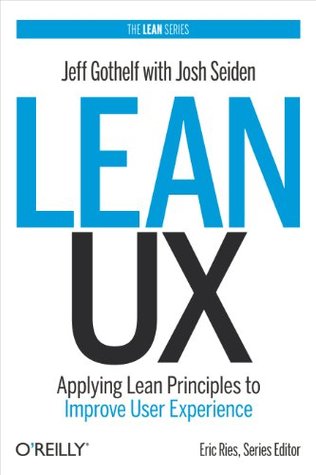More on this book
Community
Kindle Notes & Highlights
Figure 4-3. A 6-up template.
If it’s made of pixels, it goes in the style guide. Headers, footers,
grids, forms, labels, button logic, and everything else that goes into your product’s user experience goes in the style
g...
This highlight has been truncated due to consecutive passage length restrictions.
UX team at General Electric (GE) created an enterprise-grade style guide.
Their target audience was GE’s 8,000 software
engineers worldwide. The team realized that by empowering the developers with templates, guidelines, assets, and code
snippets, they could take great UX into their own hands without waiting for desig...
This highlight has been truncated due to consecutive passage length restrictions.
Industrial Internet Design System (IIDS) was born.
The IIDS is based on modern HTML5 frameworks such as Bootstrap,
It is a branded, functional UI design pattern
library.
It provides the graphical assets, code snippets, and usage rules for each of...
This highlight has been truncated due to consecutive passage length restrictions.
experiences. The team also built example applications to aid other teams in the com...
This highlight has been truncated due to consecutive passage length restrictions.
Figure 4-5. An
Figure 4-7. Style guide example
Finally, ensure that copywriting styles are codified
as well. Capture the tone of your brand, specific words you will and won’t use, grammatical choices, tolerated (and not
tolerated) colloquialisms, along with button language (OK? Yes? Go? etc.) and other navigati...
This highlight has been truncated due to consecutive passage length restrictions.
more/less,...
This highlight has been truncated due to consecutive passage length restrictions.
it’s accessible, it’s continually improved (a.k.a. a living document), and it’s actionable.
Separate your TOC into interaction design, visual design, copywriting, branding guidelines, accessibility needs, and any other high-level sections that make sense for your business.
The big bang approach (in which your team creates the entire style guide in advance of any project) works well if you have a young product or a relatively simple one. The slow drip approach works well if you have a legacy or complex product.
Figure 30. The
Figure 7-1. Sy
Let’s take a two-week sprint model and assume that we can tie a series of these sprints together under one umbrella, which we’ll call a theme (Figure 7-2). Figure 7-2. Sprints tied together with a theme.
Figure 7-8. Lane updating the prototype and artifact wall in real time.
started tracking UX debt in the same way the team tracked technical debt:


